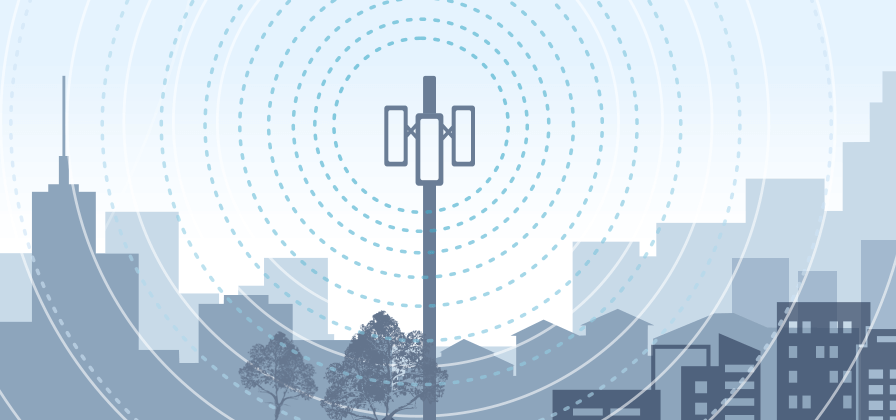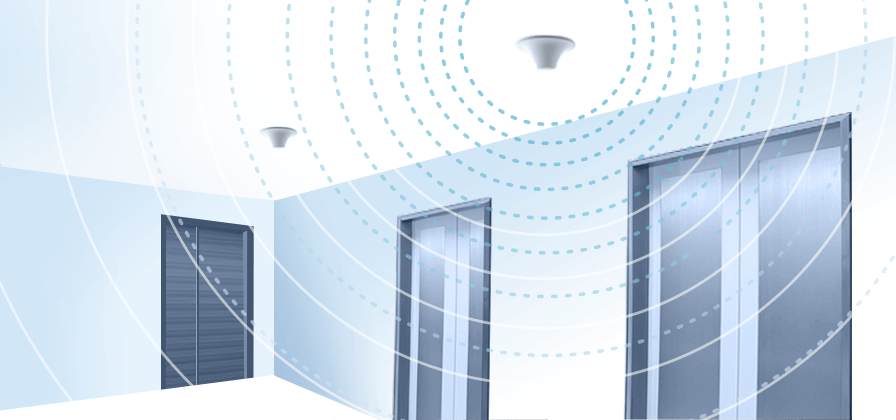Wired (Ethernet/WiFi)
The most ubiquitous solution for IBW coverage, WiFi is the front-runner for providing wireless connectivity for enterprises.
Service is provided by an ISP (internet service provider) such as Comcast/Xfinity, Time Warner Cable, and AT&T's Uverse.
Signal source for WiFi is introduced by a fiber optic or copper wire, then distributed by a wireless router. Typical speeds range from 50 Mbps to 1Gbps depending on the provider's plans.
Wireless (Cellular)
The fastest growing IBW solution especially with the cellular industry. With proposed 5G speeds able to match and exceed landline broadband internet, many industry analysis predict a new world of connected devices such as autonomous cars and smart buildings.
Service is provided by network carrier such as Verizon, AT&T, T-Mobile and Sprint.
Signal source for cellular IBW is provided by the carrier network through macro sites (cell towers & antennas) or directly to the core network by a base station. It's then processed by the network equipment such as a BDA (bi-directional amplifier) or head-end unit and distributed by indoor antennas.
Typical speeds range up to 50 Mbps for downloads and 20 Mbps for uploads for LTE depending on carrier plans.
Wireless (Satellite)
Satellite ISPs are provided by HughesNet and Exede with download speeds up to 25 Mbps and data caps ranging from 10 to 50 GB. While mostly for consumer services, companies such as Google, Facebook, SpaceX, and OneWeb have invested in various trials.
While still in the early stages of their pilot programs, there is hope that industrial satellite internet will be able to match terrestrial-based broadband.
Public Safety
As with mandatory plumbing, fire sprinkler alarm systems, and accessibility, reliable cellular coverage for first responders is an absolute necessity in times of emergencies.
Newly established guidelines by the NFPA (National Fire Protection Association) and FirstNet require 95 to 99% in-building coverage for first responders when in search & rescue missions during natural or man-made disasters.
Public Safety IBW is still in the early stages but will continually grow aggressively as FirstNet regulations are adopted by States.









